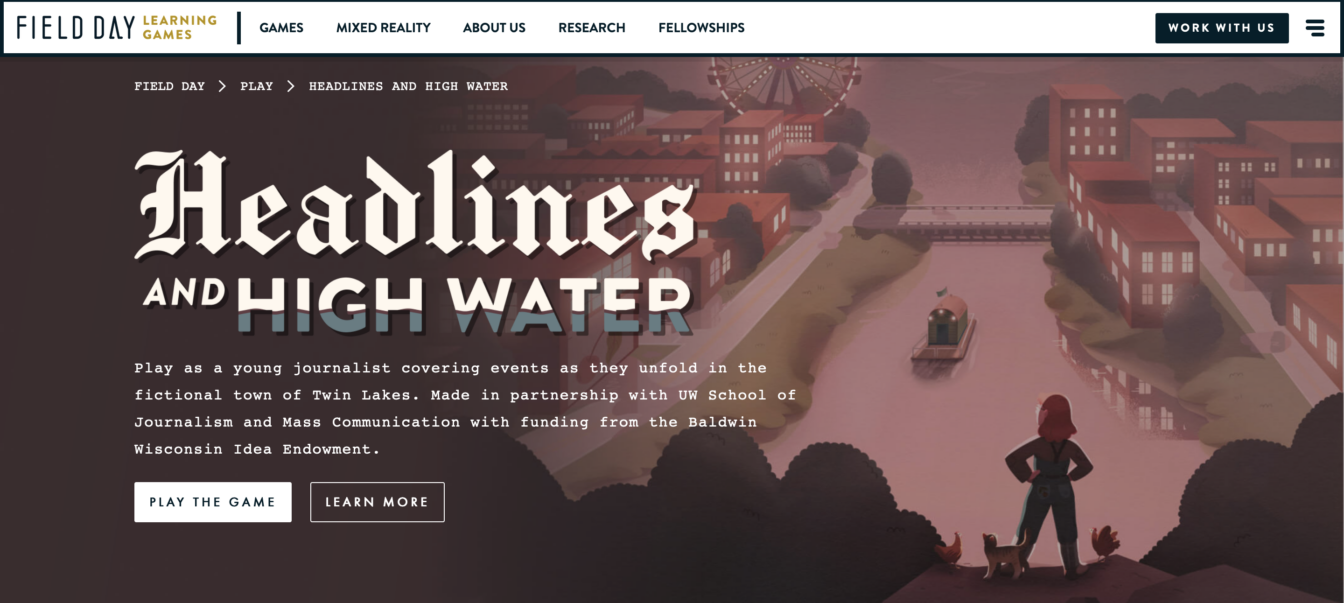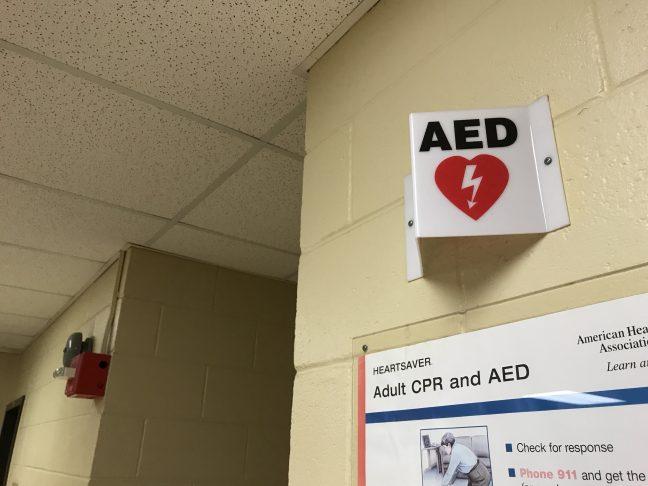The new computer game “Headlines and High Water” explores the science of flooding issues through a journalistic lens. The game is Field Day Lab’s most recent educational game release geared toward middle schoolers.
Creative director Sarah Gagnon said in an email statement to The Badger Herald she wanted to teach children how to discern fake news from “real” news. Since kids are accessing news through phones earlier than ever at a young age, Gagnon wanted to provide more resources for them.
“The practices of journalists are these interesting, evolving methods used to create journalistic knowledge,” Gagnon said. “If kids don’t know anything about how the news is produced, they are more vulnerable to fake news.”
The team decided to make the game text-based, involving branching narratives like a “choose your own adventure” game, Gagnon said. The decision to be text-based meant the writing process was intensive and time-consuming.
Designing a text-based game on journalism — a topic Gagnon knew little about — required a lot of collaboration. Award-winning fiction author Lindy Biller, Gagnon’s writing partner of seven years, helped create the text-based game.
With more help from lead artist Ben Nadler, Gagnon said the final product looks and feels distinctive though the team operated on a tight budget.
Gagnon said the team also worked closely with journalists to make the game as realistic as possible. It’s how they decided trust would be the core of the storyline.
“We interviewed journalists and designed with them for a year and then got feedback from them throughout the entire project,” Gagnon said. “I learned so much from them.”
School of Journalism and Mass Communication professor Sue Robinson provided the perspective of challenges contemporary journalists meet in the field such as limited resources and high demands and helped the designers weave that into the game, Gagnon said.
In fact, they wove the challenges into the game so well, kids complained about how unfair it was. The player character complains about their situation in the game, mirroring how both journalists and the kids feel, which is often hard to convey, according to Gagnon.
UW science journalist in residence speaks on finding wonder when writing about animals
“You have to really work hard to figure out how to earn the trust of people and get a good story out so you can help make a difference,” Gagnon said.
Enthusiastic about the ability to teach people to understand the professional aspects of journalism at the intersection of science, Gagnon said to play as a journalist will teach kids to gain an appreciation for how journalistic knowledge is mediated and produced.
The game designers also felt like journalism is key to a thriving democracy, Gagnon said.
“At a time where the technologies and business models and relationship to the public good are rapidly evolving I hope this is a useful tool for educators and thinkers around Wisconsin and beyond,” Gagnon said.
Funding from the Baldwin Wisconsin Idea Endowment supported Headlines and High Water’s creation. All Field Day Lab games are part of a public media project, a free resource to everyone and available on BrainPOP.














